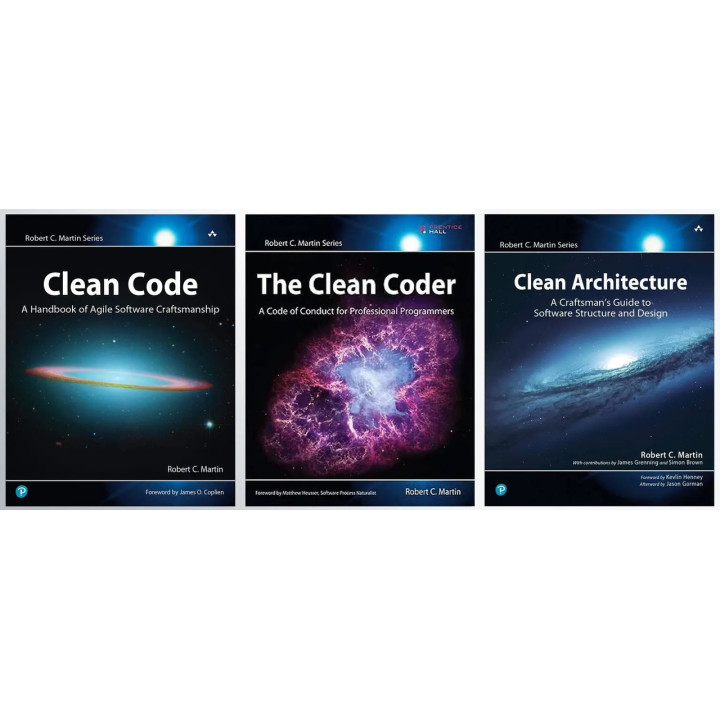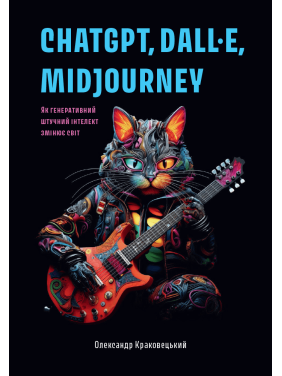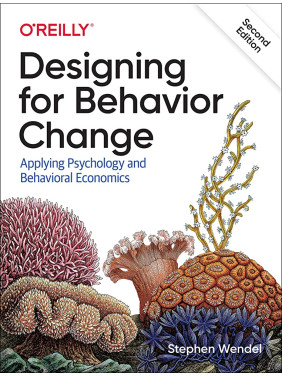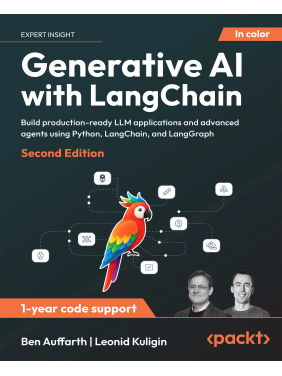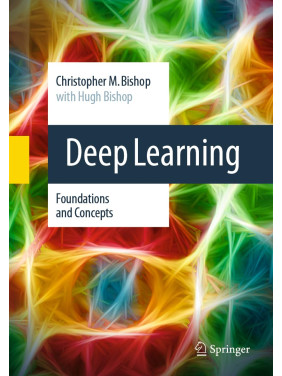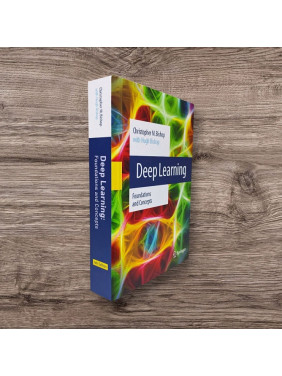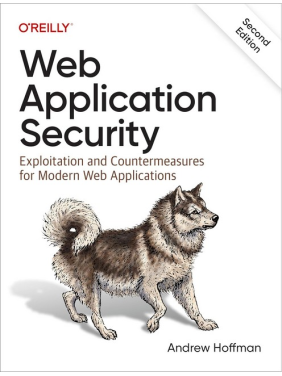Clean Code+The Clean Coder+Clean Architecture. Robert C. Martin (Комплект книг)
Clean Code: A Handbook of Agile Software Craftsmanship. Robert C. Martin.
Clean Code is divided into three parts. The first describes the principles, patterns, and practices of writing clean code. The second part consists of several case studies of increasing complexity. Each case study is an exercise in cleaning up code—of transforming a code base that has some problems into one that is sound and efficient. The third part is the payoff: a single chapter containing a list of heuristics and “smells” gathered while creating the case studies. The result is a knowledge base that describes the way we think when we write, read, and clean code.
Readers will come away from this book understanding
- How to tell the difference between good and bad code
- How to write good code and how to transform bad code into good code
- How to create good names, good functions, good objects, and good classes
- How to format code for maximum readability
- How to implement complete error handling without obscuring code logic
- How to unit test and practice test-driven development
This book is a must for any developer, software engineer, project manager, team lead, or systems analyst with an interest in producing better code
The Clean Coder: A Code of Conduct for Professional Programmers. Robert C. Martin.
Programmers who endure and succeed amidst swirling uncertainty and nonstop pressure share a common attribute: They care deeply about the practice of creating software. They treat it as a craft. They are professionals.
In The Clean Coder: A Code of Conduct for Professional Programmers, legendary software expert Robert C. Martin introduces the disciplines, techniques, tools, and practices of true software craftsmanship. This book is packed with practical advice–about everything from estimating and coding to refactoring and testing. It covers much more than technique: It is about attitude. Martin shows how to approach software development with honor, self-respect, and pride; work well and work clean; communicate and estimate faithfully; face difficult decisions with clarity and honesty; and understand that deep knowledge comes with a responsibility to act.
Readers will learn
- What it means to behave as a true software craftsman
- How to deal with conflict, tight schedules, and unreasonable managers
- How to get into the flow of coding, and get past writer’s block
- How to handle unrelenting pressure and avoid burnout
- How to combine enduring attitudes with new development paradigms
- How to manage your time, and avoid blind alleys, marshes, bogs, and swamps
- How to foster environments where programmers and teams can thrive
- When to say “No”–and how to say it
- When to say “Yes”–and what yes really means
Great software is something to marvel at: powerful, elegant, functional, a pleasure to work with as both a developer and as a user. Great software isn’t written by machines. It is written by professionals with an unshakable commitment to craftsmanship. The Clean Coder will help you become one of them–and earn the pride and fulfillment that they alone possess.
Clean Architecture: A Craftsman's Guide to Software Structure and Design (Robert C. Martin Series) 1st Edition
Building upon the success of best-sellers The Clean Coder and Clean Code, legendary software craftsman Robert C. "Uncle Bob" Martin shows how to bring greater professionalism and discipline to application architecture and design.
As with his other books, Martin's Clean Architecture doesn't merely present multiple choices and options, and say "use your best judgment": it tells you what choices to make, and why those choices are critical to your success. Martin offers direct, no-nonsense answers to key architecture and design questions like:
- What are the best high level structures for different kinds of applications, including web, database, thick-client, console, and embedded apps?
- What are the core principles of software architecture?
- What is the role of the architect, and what is he/she really trying to achieve?
- What are the core principles of software design?
- How do designs and architectures go wrong, and what can you do about it?
- What are the disciplines and practices of professional architects and designers?
Clean Architecture is essential reading for every software architect, systems analyst, system designer, and software manager -- and for any programmer who aspires to these roles or is impacted by their work.
| Інформація про книгу | |
| Мова видання | Англійська |
| Вид палітурки | М'який |
| Стан | Нове |
| Тематика | Мови та системи програмування |
| Тип поверхні паперу | Матова |
| Тип поліграфічного паперу | Офсетна |

